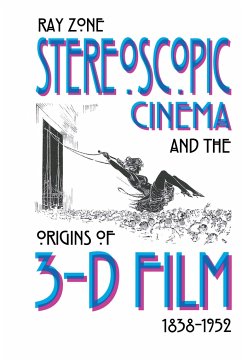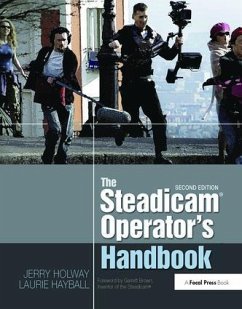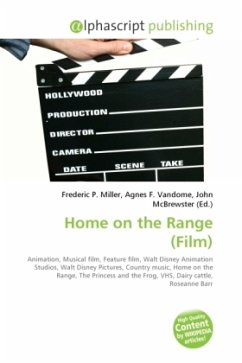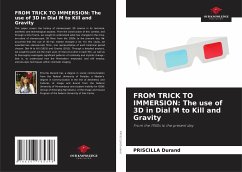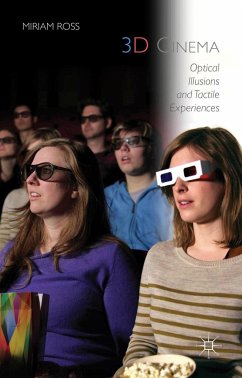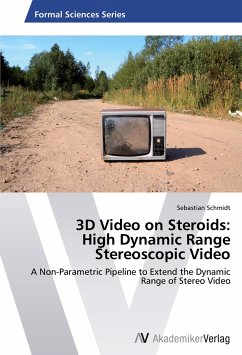
3D Video on Steroids: High Dynamic Range Stereoscopic Video
A Non-Parametric Pipeline to Extend the Dynamic Range of Stereo Video
Versandkostenfrei!
Versandfertig in 6-10 Tagen
22,99 €
inkl. MwSt.

PAYBACK Punkte
11 °P sammeln!
Ever since the release of Avatar, stereo video has gained significant attention not just in the field of computer vision. As more and more feature films exploit the illusion of depth, we propose a minimally intrusive, non-parametric and fully automated pipeline to extend the dynamic range of stereo video. Shot using two cameras, we argue that stereoscopy is an ideal candidate for high dynamic range imaging and present a novel workflow that preserves significantly more details and color in 3D video. By combining an improved stereo matching algorithm for differently exposed video frames with hig...
Ever since the release of Avatar, stereo video has gained significant attention not just in the field of computer vision. As more and more feature films exploit the illusion of depth, we propose a minimally intrusive, non-parametric and fully automated pipeline to extend the dynamic range of stereo video. Shot using two cameras, we argue that stereoscopy is an ideal candidate for high dynamic range imaging and present a novel workflow that preserves significantly more details and color in 3D video. By combining an improved stereo matching algorithm for differently exposed video frames with high dynamic range imaging, we notably enhance the contrast and the perceived quality of both video channels, while still only requiring a single simultaneous shot. The efficient use of SIFT descriptors makes this method easily adaptable to any stereoscopic footage and removes many of the drawbacks of both stereo video and traditional high dynamic range imaging.





